Rank Species | Genus Aristotelia Higher classification Aristotelia | |
 | ||
Similar Aristotelia, Açaí palm, Ugni molinae, Camu camu, Lucuma | ||
Maqui aristotelia chilensis
Aristotelia chilensis (Maqui or Chilean wineberry) is a species of the Elaeocarpaceae family native to the Valdivian temperate rainforests of Chile and adjacent regions of southern Argentina. Maqui is sparsely cultivated.
Contents
- Maqui aristotelia chilensis
- Tree
- Flowers and berries
- Wild maqui
- Harvesting
- Seed distribution
- Cultivation
- Propagation
- Uses
- Anthocyanin research
- History
- References
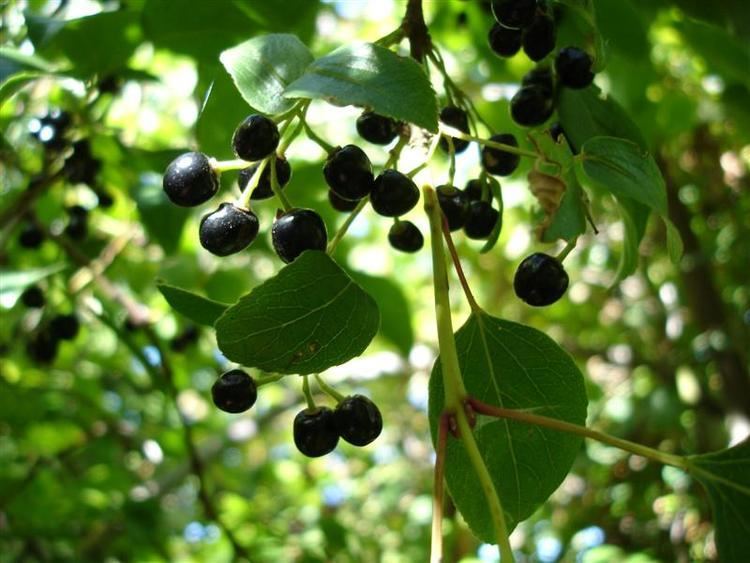
Tree
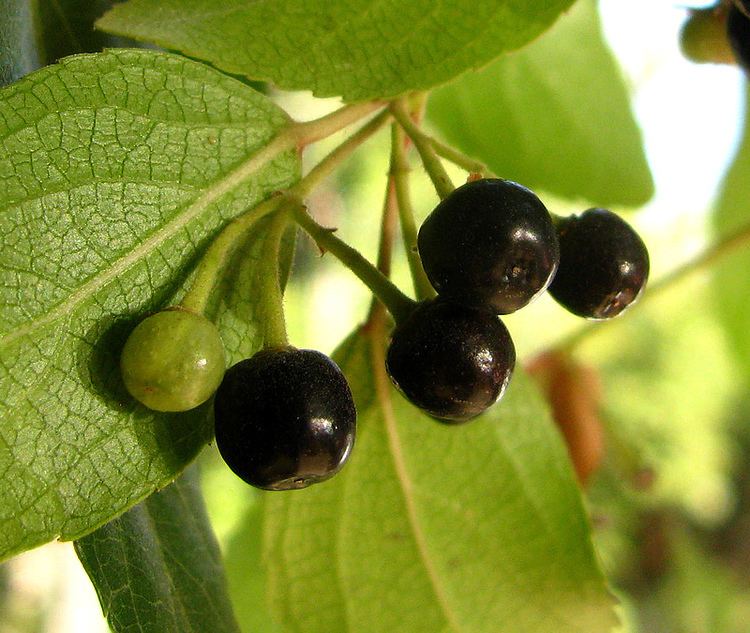
Maqui is a small dioecious tree reaching 4–5 m in height and is evergreen. Its divided trunk has a smooth bark. The branches are abundant, thin and flexible. The leaves are simple, opposite, hanging, oval-lanceolate, with serrated edges, naked and coriaceous. The leaf venation is well visible and the leaf stalk is strong red. In the beginning of spring, the tree sheds the old cohort. The old cohort is used as a carbohydrate source to form the new leaves and flowers.
Flowers and berries
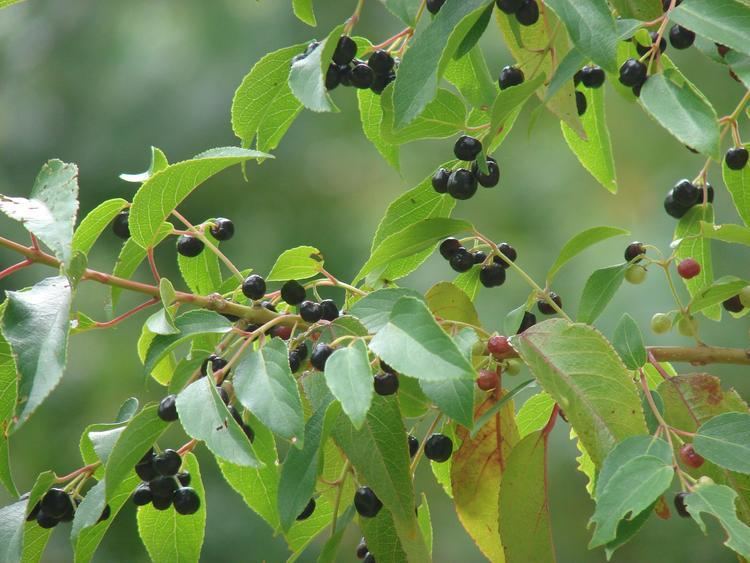
Maqui flowers at the end of spring. The white flowers are unisexual and small. They yield a small edible fruit. A tree at the age of seven years produces up to 10 kg berries per year. The small, purple-black berries are approximately 4–6 mm in diameter and contain 4-8 angled seeds. With a taste similar to blackberries, maqui is also known as the Chilean wineberry, and locally in Spanish as maqui or maque.
Wild maqui
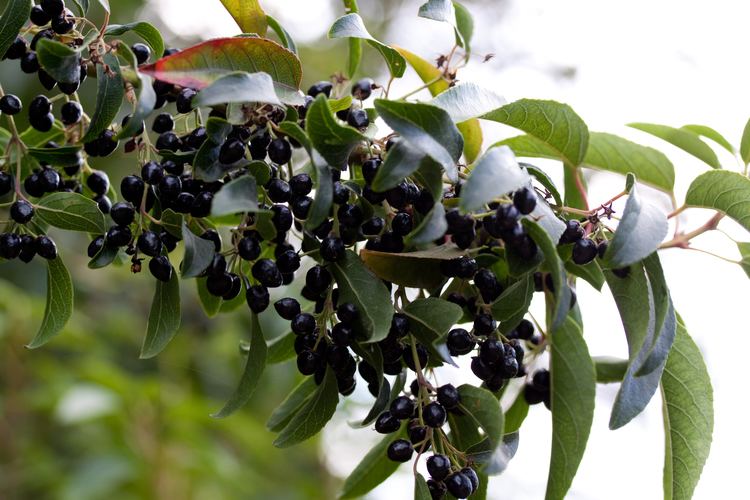
The main area of wild maqui can be found in the Chilean forests. It includes the Coquimbo and Aysén regions and is 170,000 hectares in total area. The average area yield is about 220 kg per hectare annually, with estimated yield of only 90 tons due to its remote access and difficulty for transportation.
Harvesting

The berries are collected from December to March each year by families, mainly Mapuche who collect their harvest near the Andes Mountains. The process involves collecting the side branches of trees, shaking them to separate the berries, and then employing a mechanical process to separate berries from leaves. The stored fruits are sold in local markets, with prices ranging from US $0.65-1.50 per 100 grams.
Seed distribution
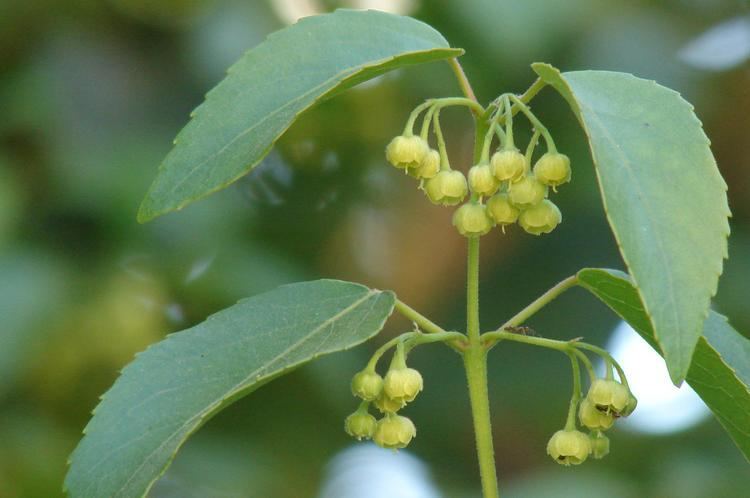
Maqui berries are a favored food for birds at the end of summer. Deforestation of the Valdivian temperate rainforests in Chile suppresses seed dispersal by birds and leads to inbreeding depression.
Cultivation
Maqui is planted in home gardens and is not grown on an orchard scale. Most of the fruits on the market come from the wild. Maqui is frost sensitive and fairly tolerant of maritime exposure. It prefers a well-drained soil in full sun with a protection against cold drying winds. The soil should be slightly acidic with moderate fertility.
Maqui can be planted in USDA- zone 8 to 12. It is cultivated in Spain and in milder, moister areas of Britain where winter frosts reduce plant stock, stimulating growth of more shoots in spring.
Propagation
The seeds germinate without cold stratification. In zones with the possible appearance of frost, it is recommended to sow in spring in a greenhouse. The plants are planted in autumn into individual pots if they are grown enough. The pots are still in the greenhouse for the first winter.
After the last expected frost in spring, the plants can be planted out into their final positions. In their first winter outdoors, a frost protection is required. For further propagation, a vegetal reproduction is possible: cuttings of wood with a length of 15 to 30 cm can be planted into pots. These cuttings normally root and can be planted out in the following spring.
Uses
Maqui berries are used for food and dietary supplements, mainly due to interest for color and anthocyanin content. The berries are raw, dried or processed into jam, juice, an astringent or as an ingredient in processed foods or beverages.
Anthocyanin research
Only limited polyphenol research has been completed on the maqui berry showing its anthocyanin content to include eight glucoside pigments of delphinidin and cyanidin, the principal anthocyanin being delphinidin 3-sambubioside-5-glucoside (34% of total anthocyanins). The average total anthocyanin content was 138 mg per 100 g of fresh fruit (212 mg per 100g of dry fruit), ranking maqui low among darkly pigmented fruits for anthocyanin content (see Anthocyanins#Occurrence for tabulated content data). One study found that anthocyanins are also present in maqui leaves.
Extracts from maqui berry are being studied in laboratory research, but there is no evidence to date that the purported antioxidant and cardioprotective effects apply to humans.
History
The edible fruit was eaten by the Mapuche Indians. Claude Gay documented in 1844 in his "Physical Atlas of History and Politics of Chile" that natives used maqui to prepare chicha which purportedly contributed unusual strength and stamina for warriors. By speculation, the Mapuche Indians used berry leaves, stems, fruit and wine medicinally over generations.
